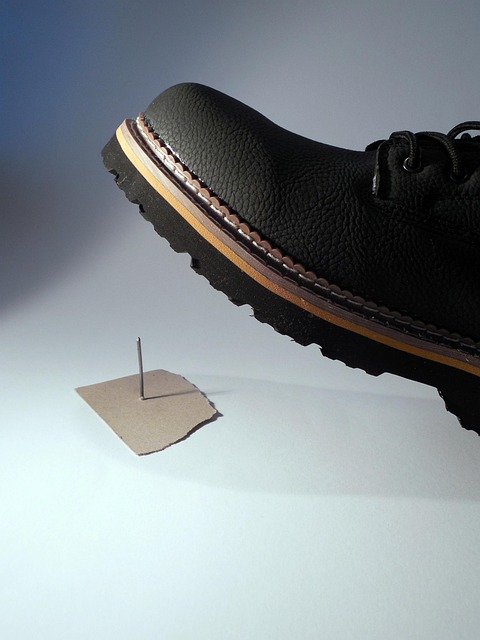Dog bite wounds may appear minor but often lead to complex infections requiring immediate medical attention. Monitor for signs like redness, swelling, warmth, and pus, as untreated infections can spread deeper into the skin. Thorough cleaning, antiseptic cream, and medical care are crucial. Prevent infections by avoiding unknown dogs, washing hands after petting, and reporting bites to animal control.
Dog bites can cause more than just immediate pain; they often lead to deep-seated infections that develop under the skin surface. Understanding the potential complications of dog bite wounds is crucial for anyone who interacts with dogs. This article delves into the signs and symptoms of these hidden infections, offering guidance on their treatment and prevention. By recognizing the risks and taking appropriate measures, you can protect yourself from severe dog bite infection outcomes.
- Understanding Dog Bite Wounds and Their Complications
- Identifying Signs of Infection After a Dog Bite
- Treating and Preventing Infections from Canine Bites
Understanding Dog Bite Wounds and Their Complications

Dog bite wounds can be more complex than they appear at first glance. While the initial injury may be visible, it’s what lies beneath the skin surface that can lead to significant complications. Dog bites often cause deep lacerations and puncture wounds, which create an entry point for bacteria and pathogens. This is particularly concerning as the canine oral cavity harbours various microorganisms capable of causing severe infections.
Understanding these potential complications is crucial, especially as they may not manifest immediately. Over time, a dog bite infection can develop into conditions like cellulitis, lymphangitis, or even deeper soft tissue infections. It’s essential to monitor the bite site for signs of redness, swelling, warmth, and pus, which indicate an evolving infection. Unlike auto accident injuries or employment disputes, where legal action might be considered, addressing a dog bite infection requires prompt medical attention to prevent severe health outcomes.
Identifying Signs of Infection After a Dog Bite

After a dog bite, it’s crucial to monitor the wound closely as early signs of infection can be subtle and easily missed. Look for redness, swelling, warmth, or tenderness around the bite site—these are typical indicators that your body is fighting off an infection. Over time, you might notice the formation of pus, which often appears as a yellow or green discharge, accompanied by increased pain and inflammation. If left untreated, a dog bite infection can spread deeper into the skin, causing more severe complications.
Caregivers, especially those in nursing homes, should be vigilant about identifying potential signs of infection, as dog bites can lead to caregiver abuse cases if not properly addressed. Homeowner insurance claims for such incidents can also arise from negligence in managing these wounds. Prompt action is key; seek medical attention immediately if you suspect an infection, ensuring appropriate treatment to prevent further health issues and potential legal complications.
Treating and Preventing Infections from Canine Bites

Treating a dog bite infection requires prompt action. The first step is to clean the wound thoroughly with soap and warm water to remove any bacteria. Then, apply an antiseptic or antibacterial cream to prevent further bacterial growth. If the bite becomes red, swollen, or painful, it’s essential to seek medical attention. A healthcare provider may prescribe antibiotics to combat the infection.
To prevent dog bite infections, it’s crucial to take measures before and after interactions with dogs. This includes avoiding approaching unknown dogs, asking permission before petting a dog, and washing your hands after petting or playing with a dog. If you experience a dog bite, seek immediate medical care and report the incident to local animal control to ensure the dog’s health status and reduce the risk of future infections, especially in instances similar to real estate disputes or slip and fall incidents where personal injury attorneys are often involved.
Dog bites can cause more than just immediate pain; they also pose a significant risk of infection. By understanding the potential complications, recognizing signs of infection early on, and implementing proper treatment and prevention strategies, you can protect yourself and others from severe consequences associated with canine bites. Stay vigilant, seek medical attention promptly if any concerns arise, and follow recommended care practices to minimize the likelihood of developing a dog bite infection that goes beyond the surface.






